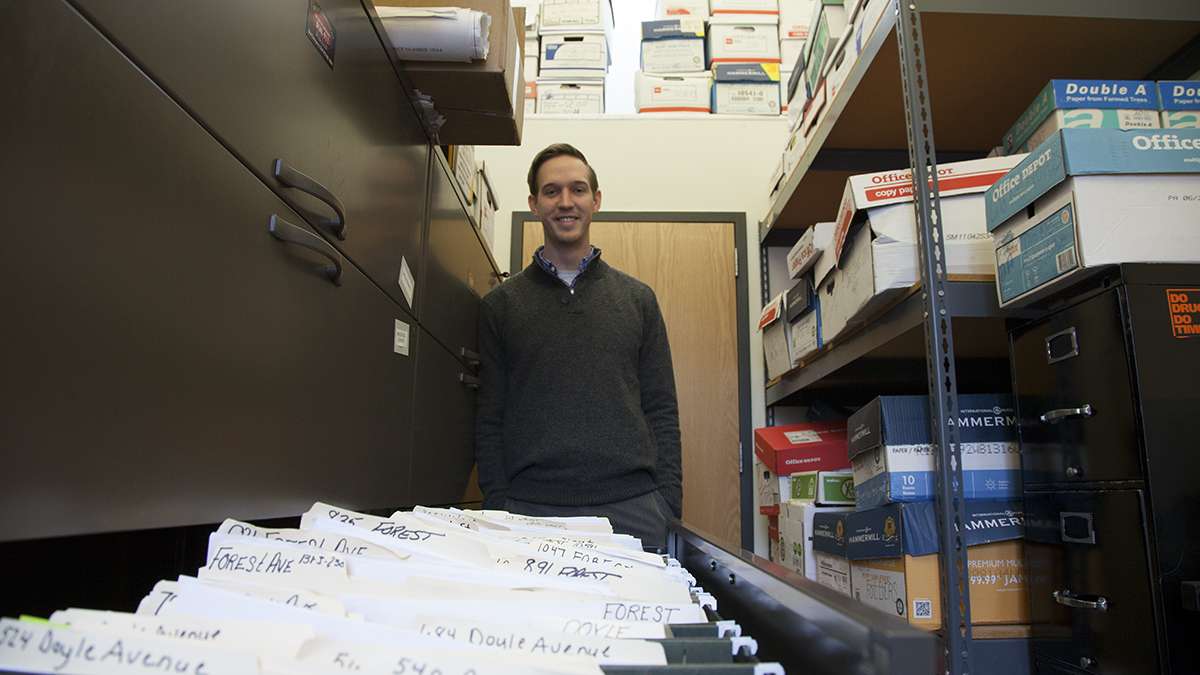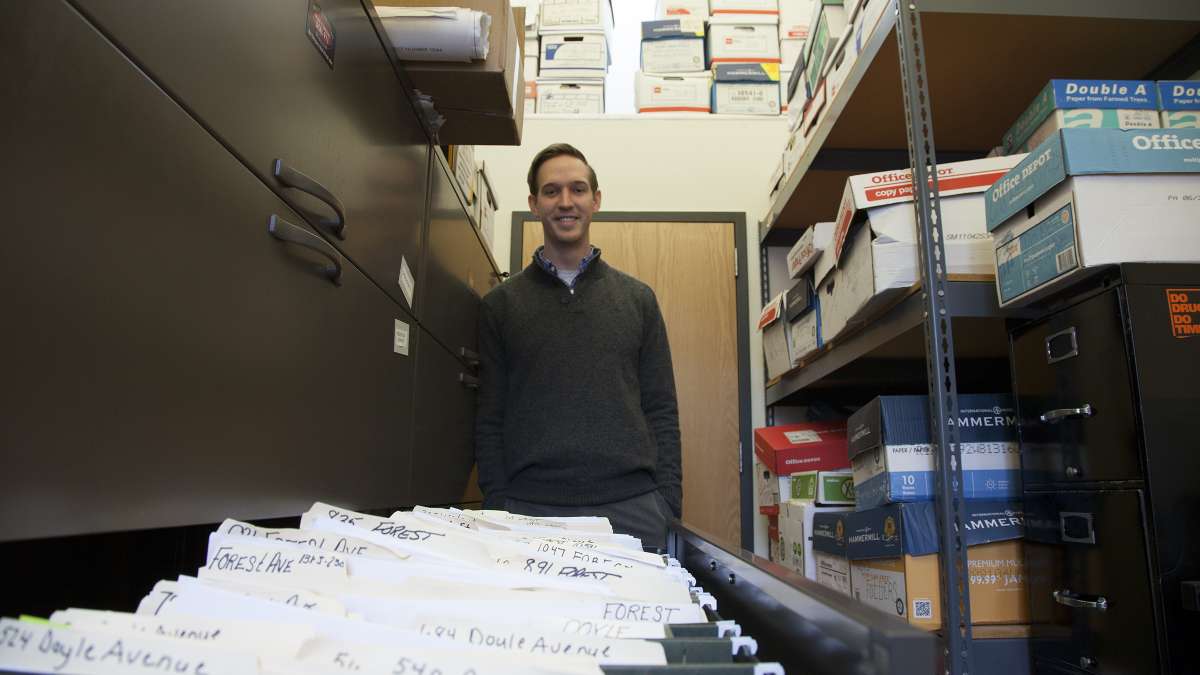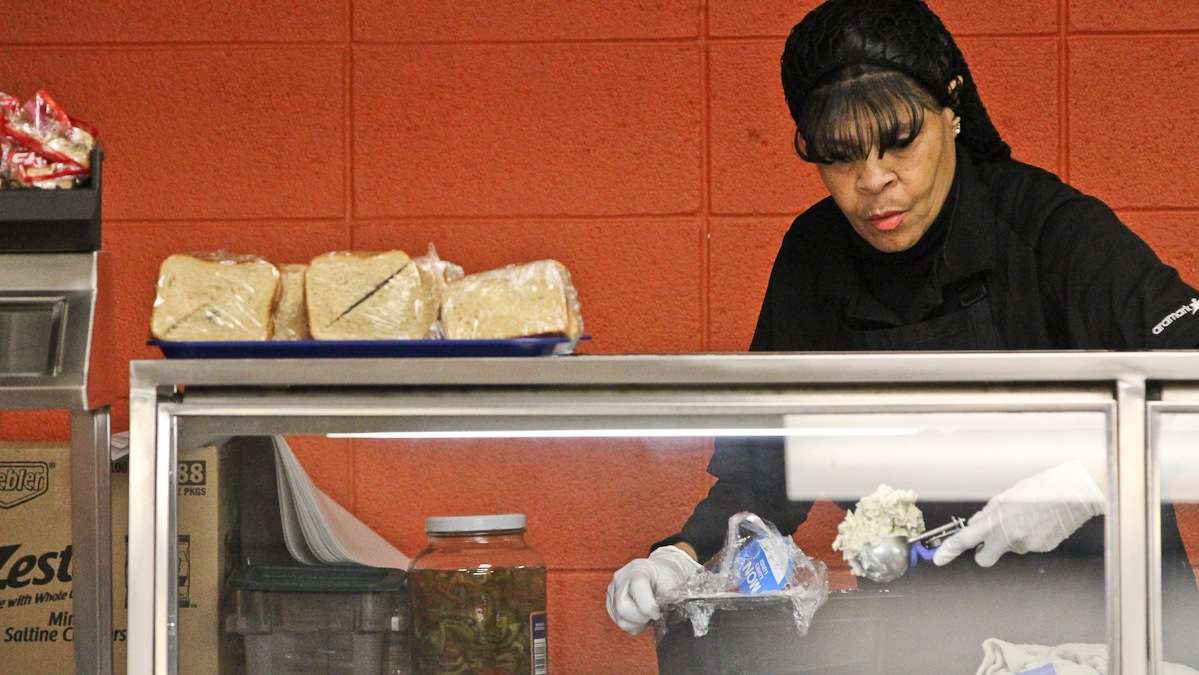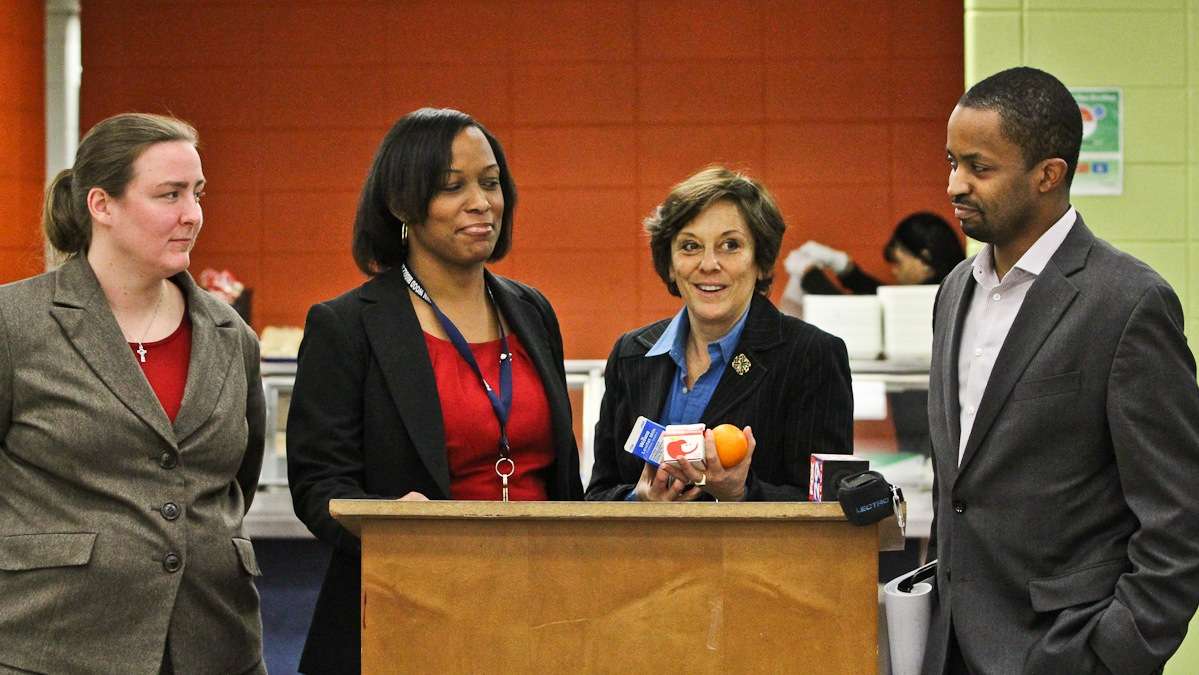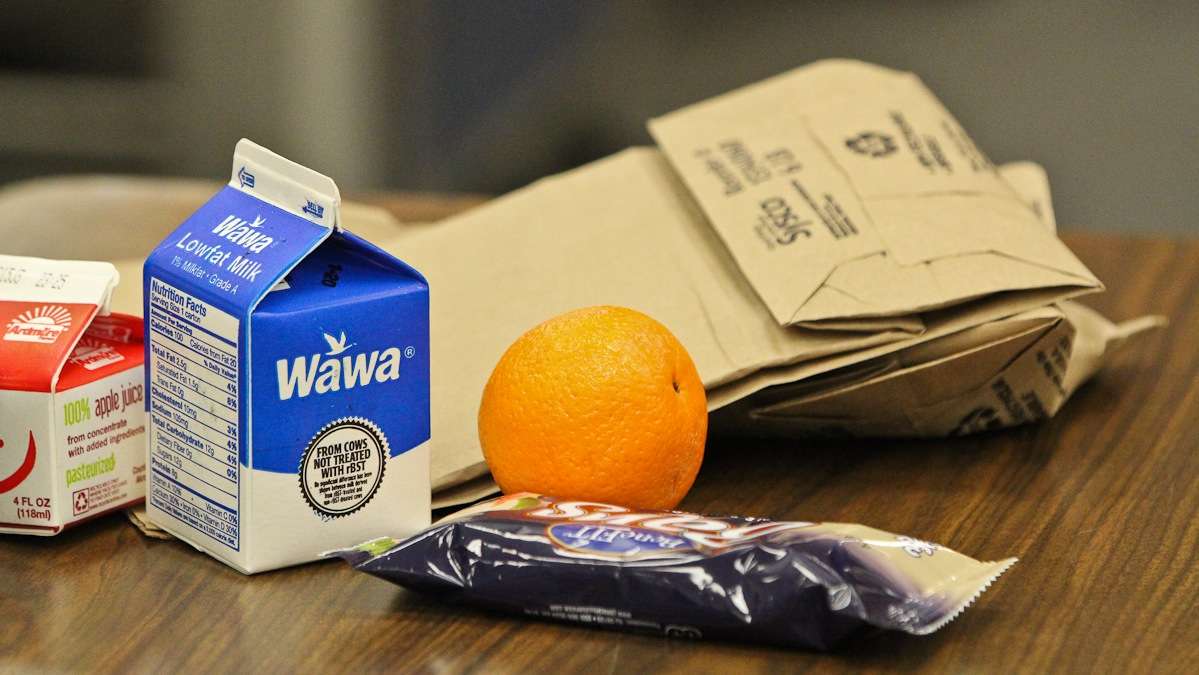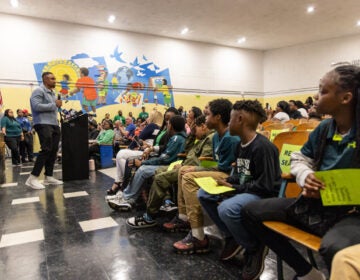Champions of breakfast help Delco school stand out in 41st-place Pa.
A new report shows Pennsylvania lags behind most of the country when it comes to providing free and reduced-cost breakfast and lunch to low-income students. Pennsylvania is 41st in state school breakfast rankings released this week.
A report by the Food Research and Action Center points out that only 45 percent of low-income students in the Keystone State receive both meals.
One school in the area, Penn Wood Middle School in Delaware County, has increased participation in its breakfast program tremendously.
The school started offering breakfast during homeroom, instead of before school. Now, 80 percent of eligible students are eating breakfast, up from 23 percent last year.
Principal Devin Layton says the big factor is implementing the “breakfast in the classroom” model instead of before school begins.
“Our students, they absolutely love it,” she said. “A couple of my students said, ‘Miss Layton, I don’t have to rush and get to school.’ So this allows them to have breakfast and not have to worry about rushing first thing in the morning.”
Students previously had to arrive before 8 a.m. classes for breakfast. They now eat from 8 to 8:10 a.m. in homeroom.
Aramark’s food service director for the district, Danielle Blanco, suggested the middle school try the “breakfast in the classroom” model. Three workers come in an hour early, at 6:30 a.m. to prep the meals, but it doesn’t change their total hours.
The school’s breakfast consists of milk, juice, a breakfast bar and fresh fruit.
Seventh-grade math teacher Elissa Morgan said the fact that more students are eating breakfast is making a difference.
“This year, it’s lovely to not have students losing their focus throughout the day since we’re helping them start off the day so well,” she said.
Research shows children who eat a healthy breakfast perform better — something Morgan has seen firsthand.
“As a teacher, to know that the children are starting off with that important meal and that they’re having something healthy, I’ve noticed a lot more focus,” she said. “In years past, come midafternoon, I would notice a lot of students complaining of headaches and my first question is always, ‘Did you eat breakfast?'”
While Pennsylvania ranks near the bottom, West Virginia topped the list. New Jersey had the biggest increase — up 13 percent from last year.
Among big city school districts, Philadelphia ranks 20th of 62. In the School District of Philadelphia, 65 percent of students who participate in the national lunch program also participate in the school breakfast program.
Los Angeles ranked No. 1 of the big cities with 102 percent because more kids enrolled in the breakfast program than the lunch program.
One reason for increases is this year’s federal community eligibility provision. The federal option allows high-poverty schools a simpler way to offer free breakfast and lunch. It is now available to all states, whereas last year, the option was only available to 10 states and the District of Columbia.
The Greater Philadelphia Coalition Against Hunger and Public Citizens for Children and Youth launched the first Pennsylvania School Breakfast Challenge last year to increase participation in the school breakfast program. More than 1,000 schools participated, and an additional 9,000 students had access to breakfast. This year’s challenge will be held the first week of March, designated National School Breakfast week.
WHYY is your source for fact-based, in-depth journalism and information. As a nonprofit organization, we rely on financial support from readers like you. Please give today.


